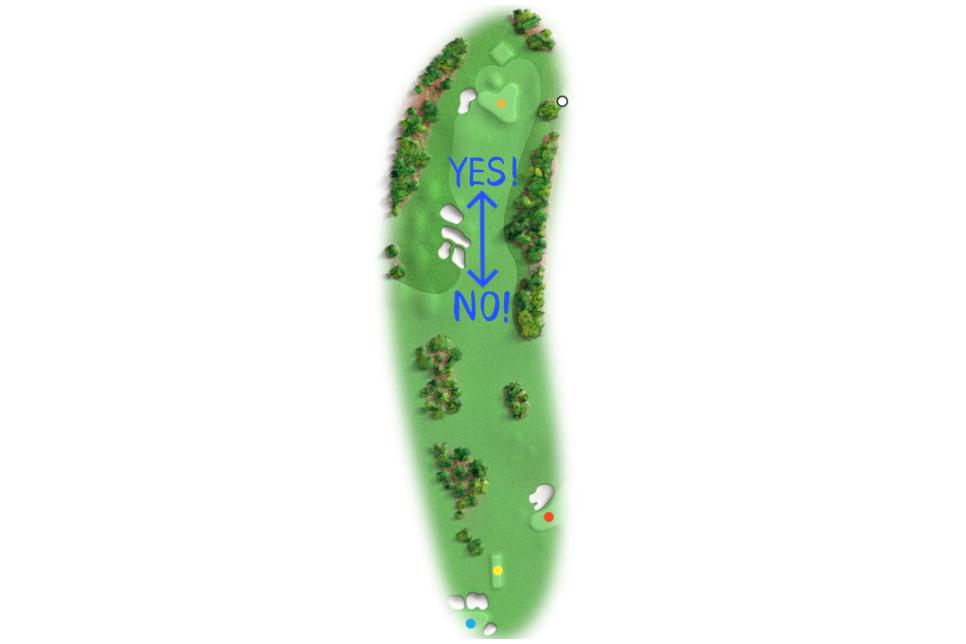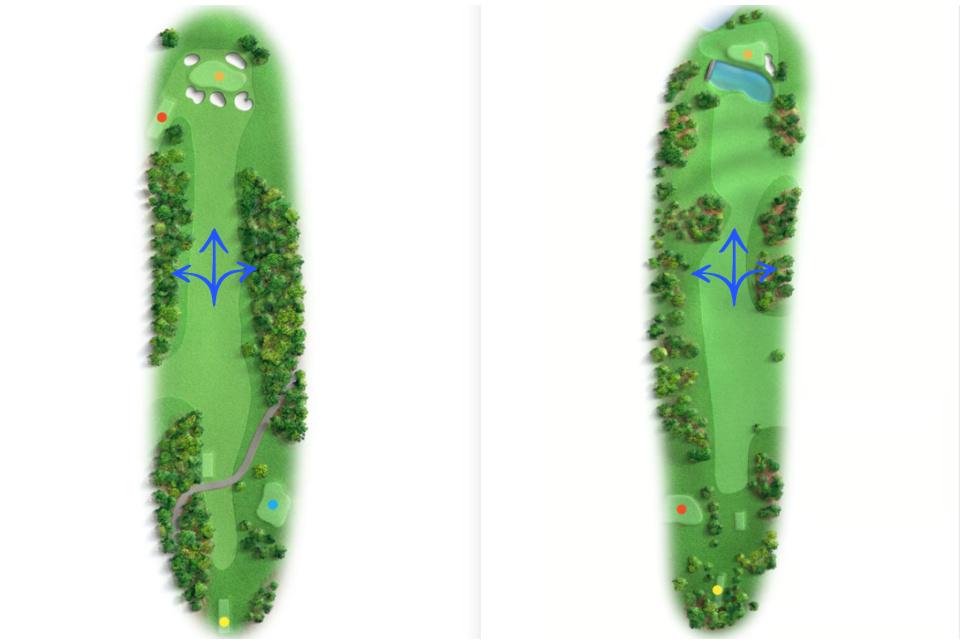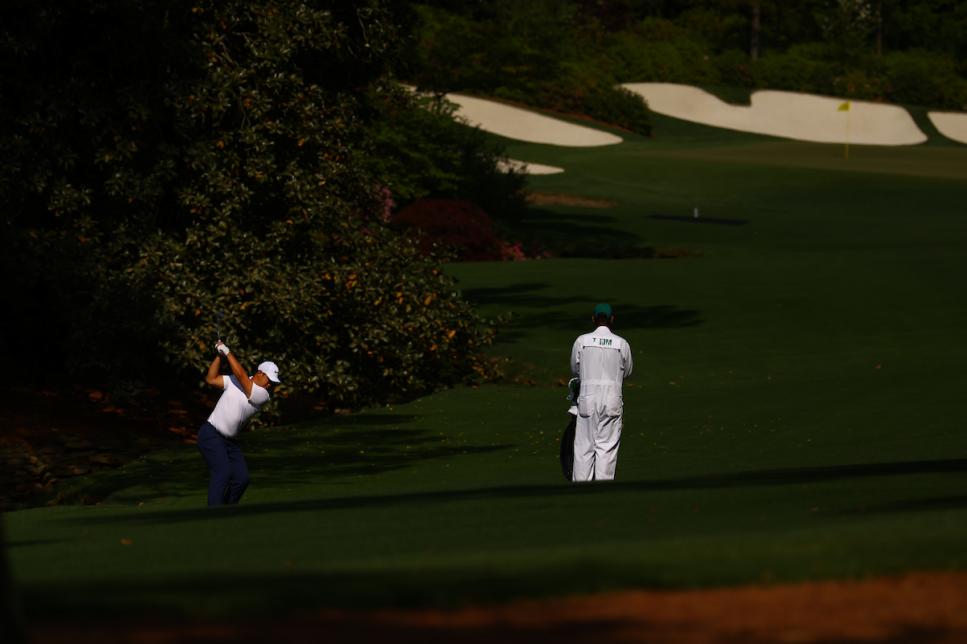This is a special free edition of the Golf IQ newsletter to celebrate Masters week.
You can keep receiving this (and more!) in-depth newsletters by subscribing to Golf Digest+ right here.

AUGUSTA, Ga.— I’m covering the Masters this week, where I’m reminded how the pressure always ticks up a few notches for players.
This week, players don’t want to think about winning. Or about not winning. Or almost winning. Or not even coming close to winning. Or anything related to any of the above. They just want to lock into their icier sense of focus, and to be left alone.
Why? Because winning majors are life-changing, and legacy defining. Especially when that major is the Masters. Golf fans may lose track of their major winners, but they always seem to remember their Masters champions.
But as glamorous as slipping on that green jacket is, actually winning one requires the opposite: playing the best kind of boring golf.
“I’m just trying to avoid those brain-dead bogeys,” 2023 Open Champion Brian Harman said, simply, of his goal this week.

Ben Walton
Good golf is boring, even at a place as gorgeous as Augusta National. It’s something the rest of us can learn from—and aspire to.
So with the 2024 contest upon us, I thought It’d be fun to run through a few of the key strategy decisions players are going to have to make this week, and how we can apply the same concepts.
Here to help is Scott Fawcett, the brains behind the DECADE Golf course management system, which Golf Digest+ members can subscribe to at a discount.
Let’s dive in.
1. The closer the better on No. 3
One of golf’s biggest strategy debates happens on Augusta National’s short-but-not-reachable par-4 third hole. Many pros opt for a strategy of hitting a driver closer to the green when the pin is in the middle or to the right of the green; but lay further back with an iron off the tee when the pin is on tucked left. That’s because they feel more comfortable hitting a full wedge with more spin to hold the narrow left portion of green.

What you can learn:
I’ll excuse some pros for this, because they’re pros. But lots of amateurs think laying further back leaving themselves their favorite yardage is better than being closer to the hole when it almost never is. Closer to the hole is better. Even if that’s in the rough, or leaving yourself a slightly more “awkward” yardage from the fairway. Do the math, and it’s just not worth the trade. You can learn more about why right here.
“Giving up 30 yards or more by dropping back with a 3-wood to hopefully hit five to eight percent more fairways is just a bad tradeoff,” Fawcett says.
2. Aggressive doesn't mean dumb
The seventh hole is one of Augusta National’s most difficult par 4s; the 15th hole brings eagle into play if you have a clear shot at the green. The genius of the two holes is that hitting a driver is the most obvious play (which is why most players do), but both holes are just narrow enough that a not insignificant number of drivers will end up either in—or blocked out by—the trees.

What you can learn
You’re going to end up in the trees. It happens. That’s golf! That’s not the issue, and as we outlined above, trying to play safer with a shorter club or making a less-committed swing won’t be good for you in the long run, either. The problem is what happens after you hit your ball in the trees. Forget the hero shot. Just punch out as safely and unspectacularly as you can. Pay your speeding ticket, and move on.
“I firmly believe that seemingly high scoring averages on holes like this stem not from players getting too aggressive on their tee shot, but on players trying to make birdie even after their tee shot ends up in a bad place,” Fawcett says
3. Forget about pins, think middle of green
Augusta National’s 12th hole is another genius piece of designbecause the tilt of the green against the hazard means that almost missing to the right (except for lefties) is more severely punished than it deserves. When the pin is on the right as it is on every Sunday, aiming for it (again, except for lefties) is a fool’s errand. Pros need to remove it from their mind, and aim for the middle.
What you can learn
Don’t aim based on where you want your good shots to end up. Aim for where you want your misses to go. When you miss a shot to the right, it doesn’t just go more to the right, it also goes shorter because you leave the clubface open, which adds more loft. The opposite happens on left misses, which travel longer. Aiming for the middle of the green is essential on the 12th hole, because it brings those short-right water balls into play, but it’s something the rest of us should be doing on basically every shot.
“Patience and discipline win majors,” Fawcett says. “Don’t do anything dumb.”
Once again, you can join your fellow golf nerds in the Golf Digest+ community right here!


